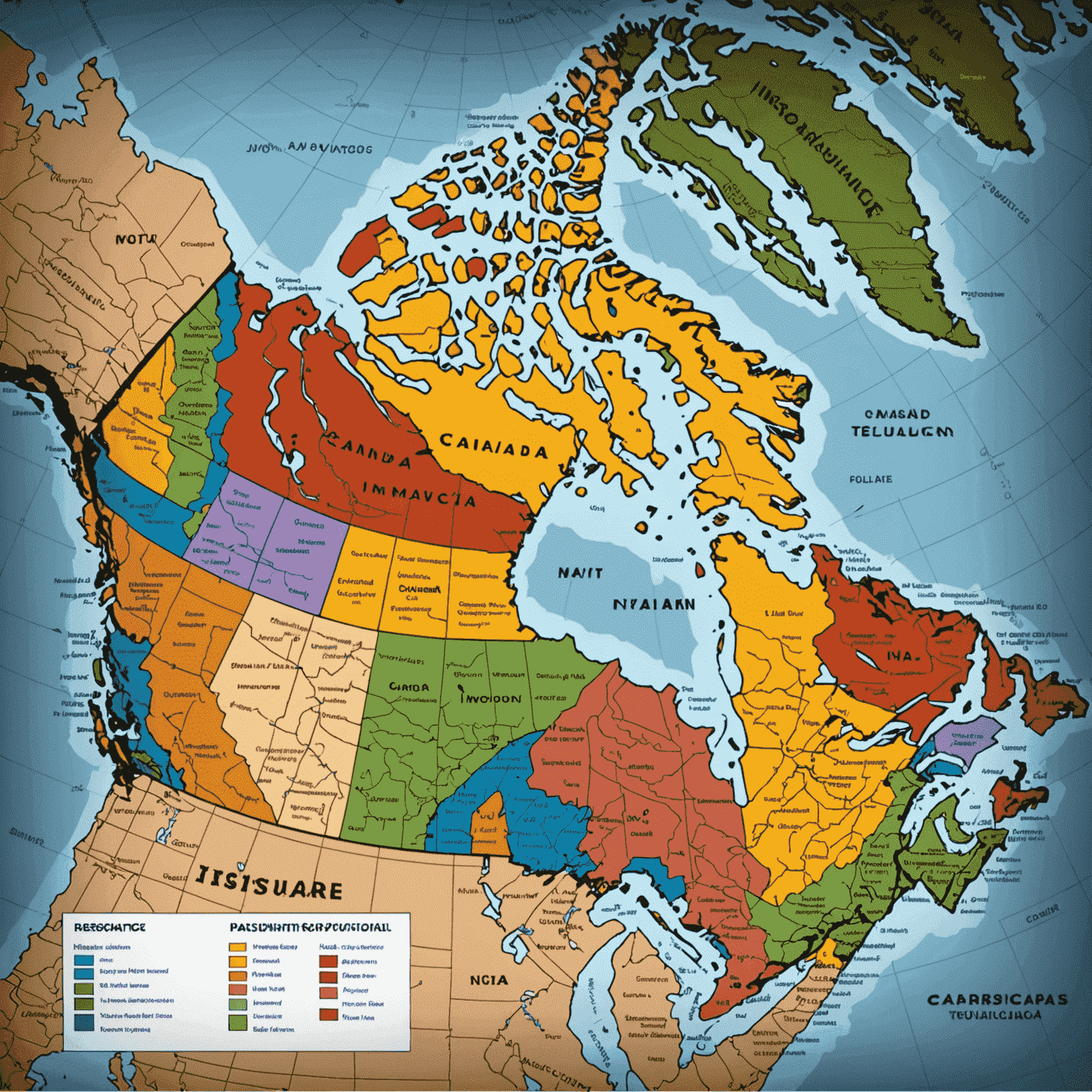Understanding Mandatory vs. Optional Auto Coverage Coverage in Canada
When it comes to car coverage in Canada, it's crucial to understand the difference between mandatory and optional coverage. This knowledge will help you make informed decisions about your policy selection and ensure you have the right coverage for your vehicle.
Mandatory Coverage Across Canada
In Canada, each province and territory has its own mandatory minimum auto coverage requirements. However, there are some commonalities:
- Third-Party Liability: This covers damages or injuries you may cause to others while driving. The minimum amount varies by province but is typically between $200,000 and $500,000.
- Accident Benefits: This provides coverage for medical expenses, income replacement, and other benefits if you're injured in an accident, regardless of who is at fault.
- Uninsured Automobile Coverage: This protects you if you're in an accident with an uninsured driver or in a hit-and-run situation.
Provincial Variations
Some provinces have additional mandatory coverage:
- Quebec: Includes no-fault bodily injury coverage through the provincial coverage plan.
- Manitoba, Saskatchewan, and British Columbia: Have government-run coverage programs with distinctive requirements.

Optional Coverage to Consider
While not mandatory, these optional coverages can provide additional safeguard:
- Collision Coverage: Pays for damage to your vehicle if you're at fault in an accident.
- Comprehensive Coverage: Covers non-collision related damage, such as theft, vandalism, or natural disasters.
- Specified Perils: Protects against specific risks like fire or flooding.
- All Perils: Combines collision and comprehensive coverage.
- Increased Liability: Raises your liability limit above the provincial minimum.
Factors to Consider When Selecting Coverage
When choosing your car coverage policy, consider:
- The value and age of your vehicle
- Your driving habits and history
- Your financial situation and risk tolerance
- Any lease or financing requirements
Remember, while it may be tempting to opt for only the mandatory coverage to save money, additional coverage can be invaluable in the event of an accident or unforeseen circumstance.
Conclusion
Understanding the difference between mandatory and optional auto coverage coverage in Canada is essential for making informed decisions about your policy. By carefully considering your needs and the available options, you can ensure that you have the right level of coverage for your vehicle and peace of mind on the road.
Always consult with a certified coverage professional to discuss your specific situation and find the ideal coverage for your needs.